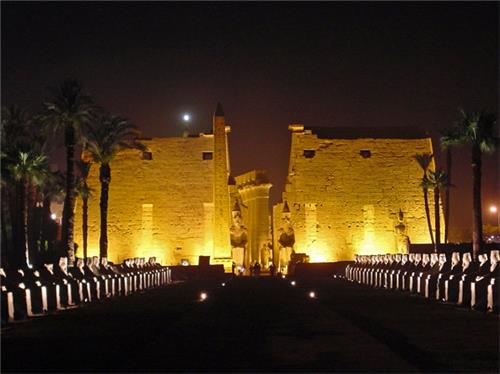The Luxor Museum, located near the Nile River, in the city centre of Luxor (Egypt) account for a few weeks with a new coffin of great historical interest. This piece was discovered two years ago by members of Djehuty Project, involving different experts from the University of Seville and other researchers from all over Spain.
The casket is a singular piece Iqer the time to which is attached, the beginning of the Middle Kingdom, a hectic time in the history of Egypt, with the country emerging from one of the deepest crises in its history. His style is also very unique: a band of decoration presents a rustic features hieroglyphic text, which we might describe as “naive”. The coloring is otherwise well preserved. Inside the coffin was found the mummy coffin owner, by the name of Iqer (which in Egyptian means “The Great”), with an interesting outfit consisting of bows, arrows, rods and ceramics.
Professor, Department of Ancient History at the University of Seville José Miguel Serrano, a member of the archaeological mission for more than a decade, and co-director of the same, says that it is a part “unique and very hard to find.”
Currently only half a dozen have discovered sarcophagi value similar to that already can be seen at the windows of the most important room of the Museum of Luxor. “We are very proud of this recognition that has given us one of the best museums in Egypt and continue to work because we are sure that there is still much to discover.”
In the past two years, this panel has almost doubled the area of excavation where they found a number of funerary chapels and a deposit of ceramics, also of type funeral, the largest found so far. “This is a clear indication that this area contains interesting elements, and even likely, that we find new graves which would add to the five that we have discovered over the years of excavation,” says Serrano Delgado.

Karnak by Night
The topics that focuses its research are framed within the context of the Egyptian religion, mainly through texts and iconographic repertoires. Holds a research on funerary biographies, plus an interest rate for historiographical issues. In recent years, in line with their participation in the Project Djehuty, is dedicated to the study of New Kingdom funerary rituals